“Light shapes everything; it determines what we do and how we do it.” The OE Quasi Light by Louis Poulsen finds a harmonious balance between function and design through finding the geometric beauty in mathematical forms.

The purity of mathematical forms may not be the most obvious source of inspiration for beauty, but Louis Poulsen is no ordinary design house. It was this appreciation for splendorous mathematical forms that lead to the creation of the new OE Quasi Light.
Designed in collaboration with the revered Danish-Icelandic artist, Olafur Eliasson – OE Quasi Light was unveiled at the 2019 Salone del Mobile and is a masterful realisation of the interplay between form & function and art & design.
“Light has been central to my artistic practice for over 25 years,” says Olafur Eliasson of the creative partnership with Louis Poulsen.
“Light shapes everything; it determines what we do and how we do it. Quality lighting is essential to our lives. A concern for the emotional and physical effects of lighting is at the core of the lamp that I have conceived for Louis Poulsen. It is my hope that this geometric sculpture will bring new light to your daily life.”
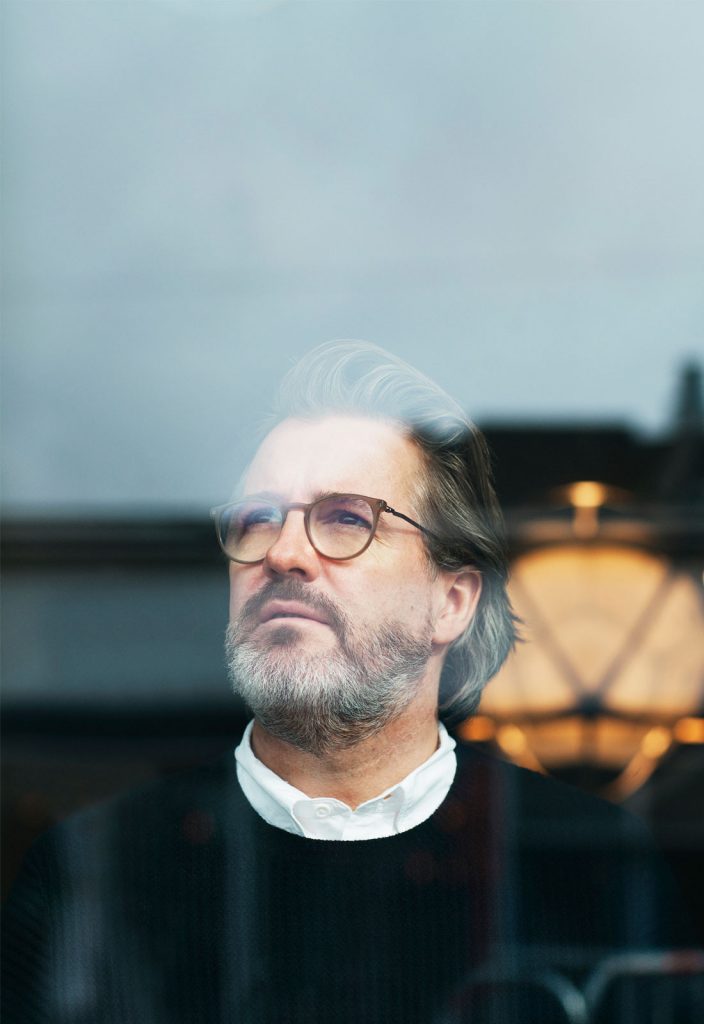
In the design of the OE Quasi Light, contrasting geometric shapes nest inside one another to form the lights most basic composition. The complex shape of a rigid aluminium icosahedron – a form possessing 20 faces and 12 vertices – forms the outer layer of the luminaire. The inner layer reveals the mathematically reversed shape of a dodecahedron (composed of 12 faces and 20 vertices), which seemingly floats inside.
The vertices of the exterior shell are embedded with bright LEDs to direct the light towards the lamp’s core, reflecting the illumination with a spherical distribution. The light’s complex geometric shape is perceived differently depending on where the observer stands – creating endless interpretations and perspectives that will inspire as well as illuminate.
Sustainability is more important to design than ever before, and Louis Poulsen is at the forefront of this.
The aluminium of the OE Quasi Light is composed of 90 per cent recycled material, and other materials used are also entirely recyclable and reusable. With the design enabling future disassembly to replace and recycle parts, OE Quasi Light was created with longevity in mind.
INDESIGN is on instagram
Follow @indesignlive
A searchable and comprehensive guide for specifying leading products and their suppliers
Keep up to date with the latest and greatest from our industry BFF's!
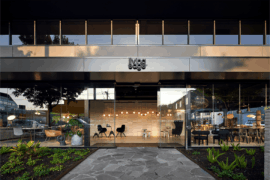
For Aidan Mawhinney, the secret ingredient to Living Edge’s success “comes down to people, product and place.” As the brand celebrates a significant 25-year milestone, it’s that commitment to authentic, sustainable design – and the people behind it all – that continues to anchor its legacy.
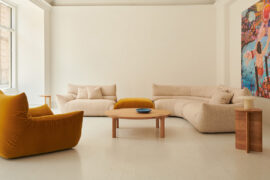
A curated exhibition in Frederiksstaden captures the spirit of Australian design

London-based design duo Raw Edges have joined forces with Established & Sons and Tongue & Groove to introduce Wall to Wall – a hand-stained, “living collection” that transforms parquet flooring into a canvas of colour, pattern, and possibility.

DKO’s Koos de Keijzer and Michael Drescher bring us this personal report from Salone del Mobile 2025 in Milan.

The esteemed Italian brand has collaborated with Yusuke Kawai to create Kawara, a lighting collection defined by adaptability, elegance and a touch of tradition.
The internet never sleeps! Here's the stuff you might have missed
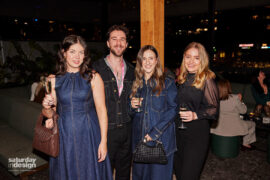
On 6th September 2025, Saturday Indesign went out with a bang at The Albion Rooftop in Melbourne. Sponsored by ABI Interiors, Woodcut and Signorino, the Afterparty was the perfect finale to a day of design, connection and creativity.
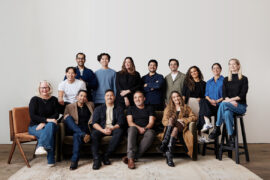
Sydney-based architecture studio Studio Johnston has announced a series of leadership promotions, new team members and a refreshed parental leave policy.
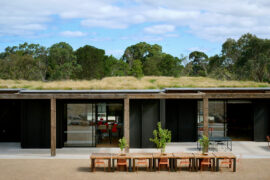
McIldowie Partners, in association with Joost Bakker, has been awarded The Learning Space at the INDE.Awards 2025. Their project, Woodleigh Regenerative Futures Studio, redefines the educational environment as a living ecosystem that nurtures sustainability, innovation, and community.